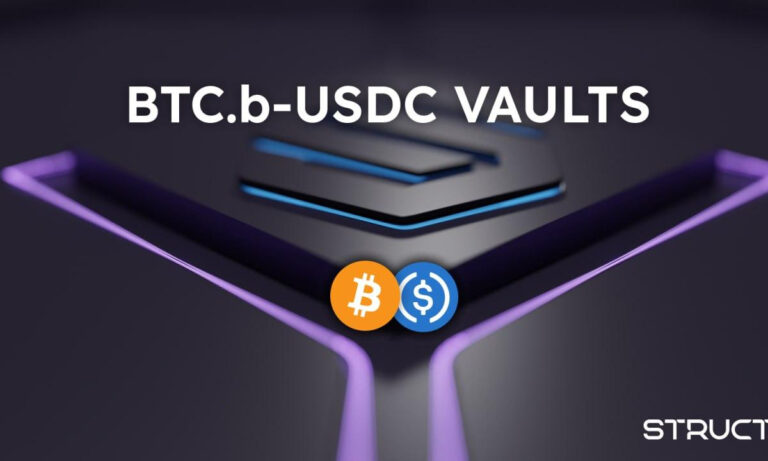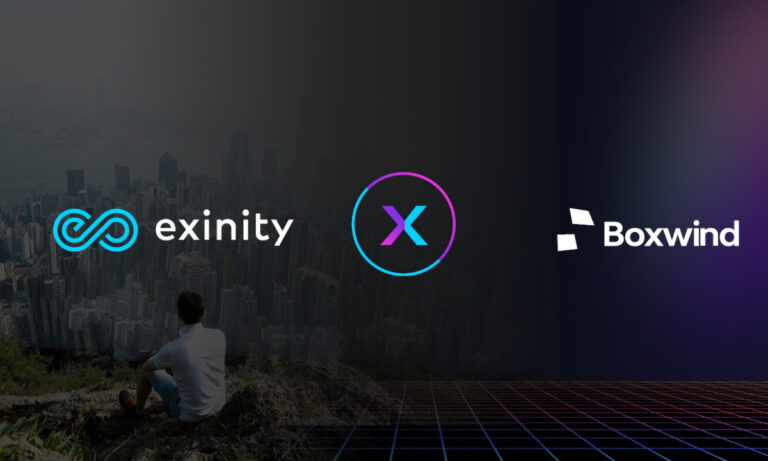Ripple Considers Bold Move: Burning Half of XRP’s Supply

- Ripple CTO David Schwartz floats the idea of “burning” 40.7 billion XRP to manage the currency’s supply, sparking widespread debate within the community.
- The proposal underscores Ripple’s influence over XRP and reignites discussions on cryptocurrency centralization and market stability.
In a development that has sent shockwaves through the cryptocurrency community, Ripple’s Chief Technology Officer, David Schwartz, has broached the possibility of “burning” a staggering 40.7 billion XRP tokens currently held in escrow. This unprecedented suggestion has divided the XRP community, with opinions ranging from concern to optimism about the potential impact on the cryptocurrency’s value and stability.
“Burning” cryptocurrency, a move that effectively removes a significant portion of tokens from circulation, is a drastic yet impactful method of managing a digital currency’s supply. Should Ripple proceed with this plan, it could prevent a considerable amount of XRP from flooding the market, potentially protecting its value and addressing oversupply concerns.
This bold strategy has elicited a myriad of responses from the XRP community. Supporters argue that reducing XRP’s total supply could enhance its market position by mitigating the risk of oversupply. Conversely, critics highlight the action’s reflection of Ripple’s control over XRP, sparking renewed debates on issues of centralization and the role of major stakeholders in determining a cryptocurrency’s fate.
Ripple’s approach to managing XRP’s reserves, including periodic releases from escrow to maintain market liquidity, has long been a topic of discussion. Opting to burn part of these reserves would mark a significant shift in strategy, emphasizing the challenges of balancing supply availability with the cryptocurrency’s long-term market health.
Navigating Financial and Regulatory Landscapes
The potential decision to burn part of XRP’s supply also raises crucial questions regarding regulatory responses and the broader financial implications for Ripple and XRP. The move could set a precedent for other cryptocurrencies in terms of supply management, highlighting the intricate dance between market innovation and regulatory oversight.
Schwartz’s proposal has ignited an essential debate on the future trajectory of XRP and the broader practices of cryptocurrency asset management. While some advocate for the burn as a strategy to bolster XRP’s value, others call for careful consideration of the broader implications for cryptocurrency’s perception as decentralized and autonomous assets.
As the Ripple community and the wider cryptocurrency market await further developments, the discourse surrounding the proposed XRP burn underscores the ongoing evolution of digital currencies and the delicate balance between innovation, market stability, and regulatory compliance.








